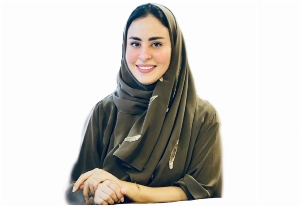Pan-Islamism and pan-Arabism are two major political movements, which have a profound effect on the politics of Middle East.
National borders create imagined communities, which are limited by boundaries and are sovereign. This factor about state sovereignty imposes more political implications on borders such as nationality and regional identity.
Pan-Islamism pursues the aim of unifying the Muslim world via its Islamic beliefs. It emphasizes the universality of Islam, and hence the union of Muslim peoples, seeing the Muslim community as the focus of allegiance and mobilization, excluding ethnicity and race as primary unifying factors. There are 57 Muslim states worldwide; quantity is important but there is less chance of unity due to the geographical location of these states, however, religion and faith are things that people choose. Pan-Arabism promotes the unity of Arab people, celebrating the glories of Arab civilization, the language and literature of Arabs, calling for political union in the Arab world. Its central premise is that the peoples of the Arab world, from Atlantic Ocean to Indian Ocean, constitute one nation bound together by common ethnicity, language, culture, history, identity, geography and politics.One of the primary goals of pan-Arabism is the end of Western influence and political involvement in the Arab world. Pan-Arabism advocates political, cultural and socioeconomic unity of Arabs across the different states that emerged after decolonization. There are 22 Arab states, quantity is less but there is a strong potential for unity due to the geographical location of these states. However, identity and ethnicity are things that people are born with, and can’t be changed or chosen.Nevertheless, geographical features provide the foundation of countries; where a nation is physically located influences patterns of endogenous lifestyle and who the neighbor countries are for the nation is likely to set up exogenous international relations.I believe that Arab unity must be restored, even if the number of countries is less, as geographical boundaries: cultural, political and economic border effects are powerful and effective in order to achieve the overall interest of Arabs, while maintaining the sovereignty of each state. Arab unity is a must to confront regional or international threats, while Muslim unity is a more spiritual connection with individuals who are not targeting to defend a specific state or a political interest, and should never be. When it comes to international relations; diplomacy help countries worldwide connect more positively, through building bridges, links and alliances. Coronavirus pandemic is the best example of the unity of states in knowledge exchange, as the entirety of the human race shares a universal element, which is ‘‘humanity”, regardless of each country’s different culture, religion, norms, language or political system. — The author is a Saudi political analyst specialized in International Relations. She can be reached at: ekleel.sallam@hotmail.com Twitter: @EkleelBS
